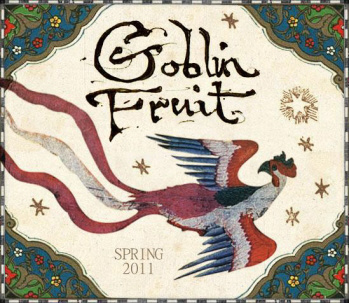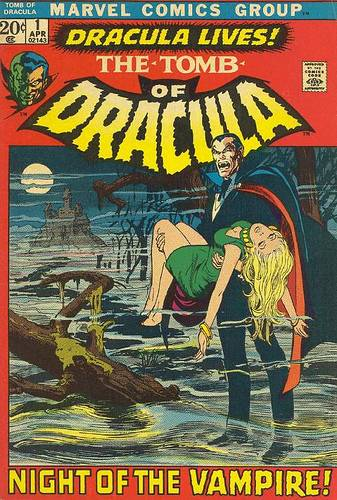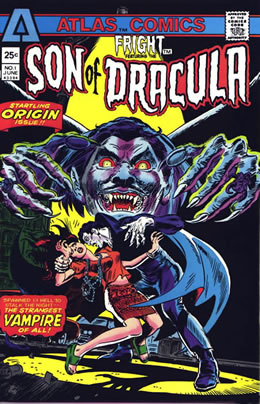A Review of Mairelon the Magician, by Patricia C. Wrede
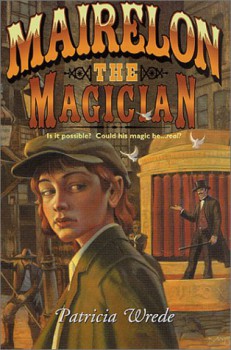 Mairelon the Magician, by Patricia C. Wrede
Mairelon the Magician, by Patricia C. Wrede
Tor Books (280 pages, hardcover, May 1991)
Mairelon the Magician is a little bit mystery, a little bit comedy, but mostly a mixture of alternate history and fantasy. It’s a light, fun sort of book; no world-altering plots or pitched battles, but a fair amount of sneaking around, spying, and working out who’s plotting what against whom. (It’s not much of a spoiler to say that the majority of the incidental characters are plotting something.)
I think it works better in concert with its sequel, Magician’s Ward, which adds a bit of romance to the already eclectic mix, but the first book is enjoyable on its own.
I really have only two reservations. First, I found the pacing of the climax to be slightly off, although this may be because I was looking at it with the wrong set of genre lenses; it may fit better into mystery than fantasy.
The second reservation is more of a warning than a complaint: if you’re American, do not watch British shows or movies, and know you have a hard time with dialect, avoid this book — or at least hunt down a period drama to watch first, just to get into the rhythm of the language. Otherwise the amount of thieves’ cant will make the story nearly unintelligible.
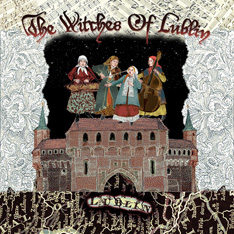
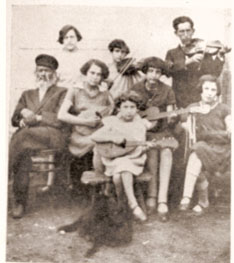



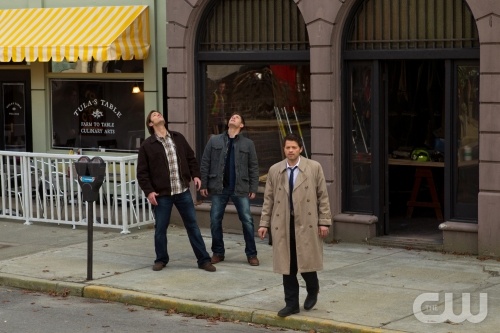

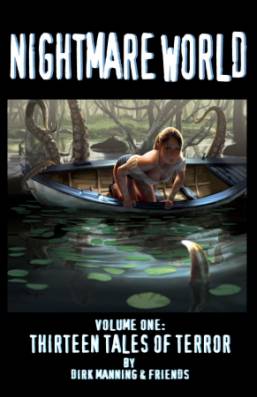
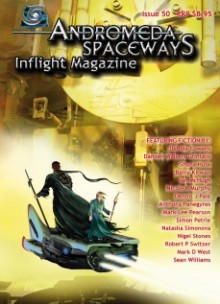 In addition to having the coolest title for a genre fiction magazine,
In addition to having the coolest title for a genre fiction magazine, 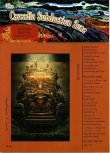
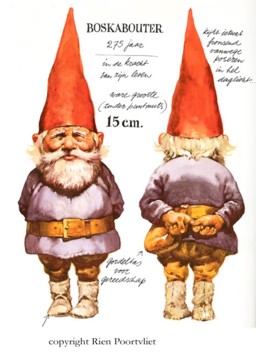 This morning on my walk to work, I spotted a man crossing a lawn. His arms were very full. Of garden gnomes.
This morning on my walk to work, I spotted a man crossing a lawn. His arms were very full. Of garden gnomes.